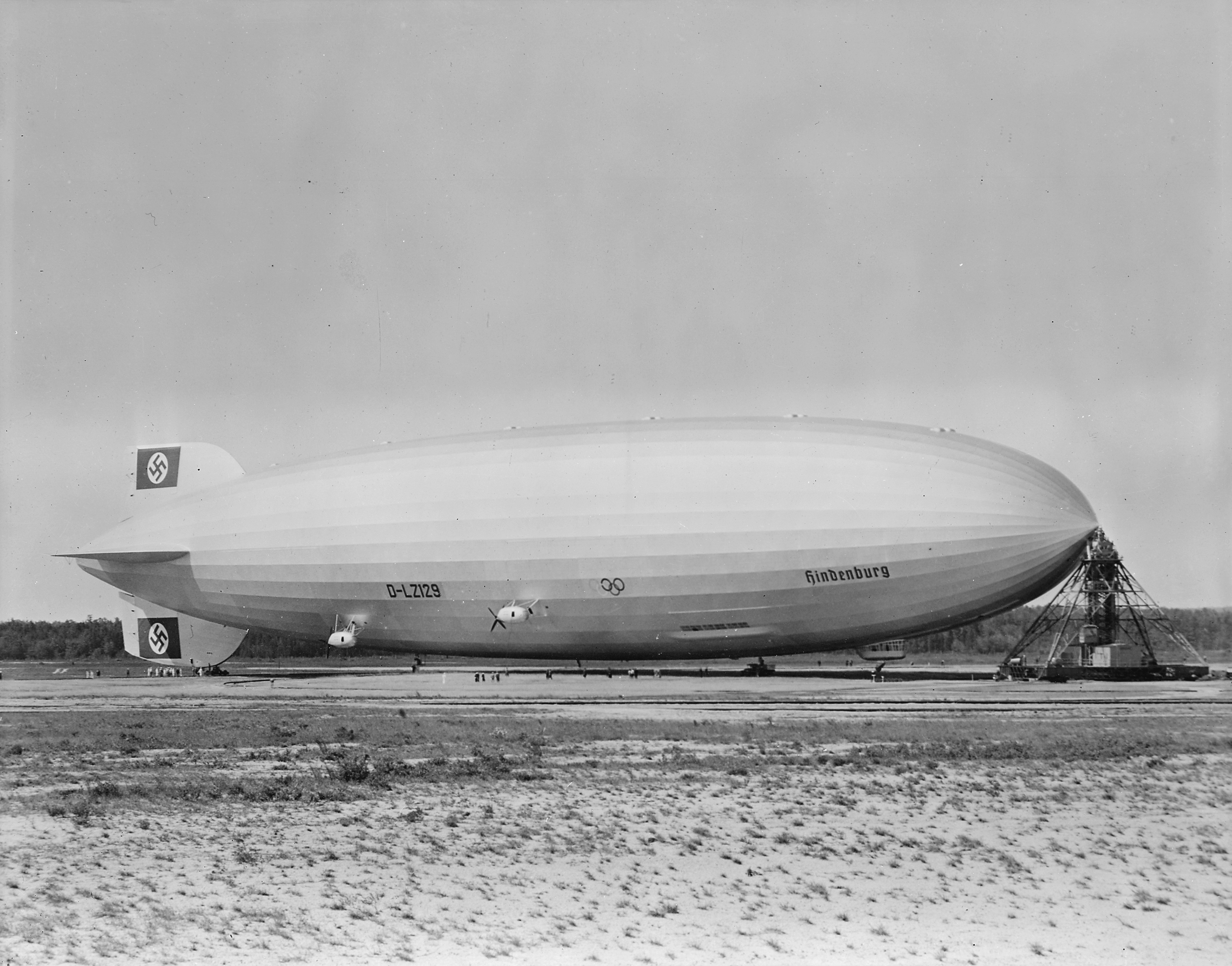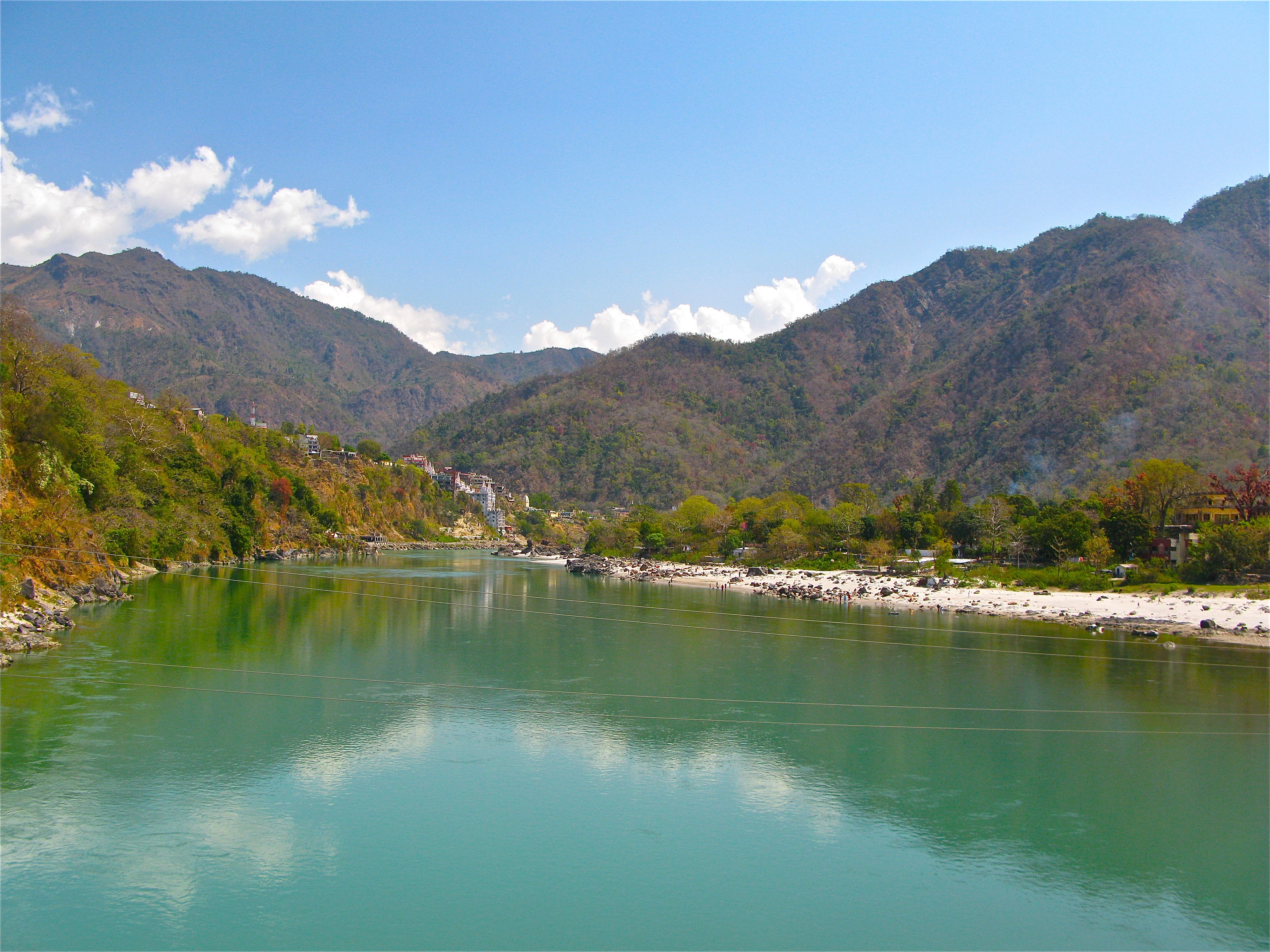|
2000 Royal Nepal Airlines Twin Otter Crash
On 27 July 2000, de Havilland Canada DHC-6 Twin Otter operated by Royal Nepal Airlines crashed in Nepal en route from Bajhang Airport to Dhangadhi Airport on a domestic passenger flight. The wreckage of the aircraft, registration ''9N-ABP'', was found in Jogbuda, Dadeldhura District. All 22 passengers and the three crew aboard were killed in the crash. An investigation into the crash was launched by Nepalese authorities after the accident site was located. Aircraft The aircraft involved in the crash was a de Havilland Canada DHC-6 Twin Otter operated by Royal Nepal Airlines. Its maiden flight was in 1979 with Royal Nepal Airlines, who bought the aircraft from manufacturer de Havilland Canada. It was the eighth accident of this aircraft operated by Royal Nepal Airlines, however, it was the twelfth incident involving this type of aircraft in the aviation history of Nepal. Crew and Passengers All occupants on board died in the crash; occupants included the three crew member ... [...More Info...] [...Related Items...] OR: [Wikipedia] [Google] [Baidu] |
Nepal Airlines
Nepal Airlines Corporation ( ne, नेपाल वायुसेवा निगम, Nepāl Vāyusevā Nigam, Nepal Air Service Corporation), formerly known as Royal Nepal Airlines ( ne, शाही नेपाल वायुसेवा, Śāhī Nepāl Vāyusevā, Royal Nepal Air Service, label=none), is the flag carrier of Nepal. Founded in 1958, it is the oldest airline of the country. Out of its main base at Tribhuvan International Airport, Kathmandu, the airline operates domestic services within Nepal and medium-haul services in Asia. The airline's first aircraft was a Douglas DC-3, used to serve domestic routes and a handful of destinations in India. The airline acquired its first jet aircraft, Boeing 727s, in 1972. As of 13 July 2020, the airline operates a fleet of seven aircraft. Since 2013, the airline has been on the list of air carriers banned in the European Union. History 1950s and 1960s: early years The airline was established in July 1958 as Royal Nepal ... [...More Info...] [...Related Items...] OR: [Wikipedia] [Google] [Baidu] |
Nepalis
Nepalis (English: Nepalese ; ne, नेपाली) are the citizens of Nepal under the provisions of Nepali nationality law. The country is home to people of many different national origins who are the descendants of immigrants from India, Kashmir, Central Asia, and Tibet. The term Nepalis (Nepalese) usually refers to the ''nationality'', that is, to people with citizenship of Nepal, while the people without Nepalese citizenship but with roots in Nepal such as Nepalese Americans are strictly referred to as ''Nepali Speaking Foreigners'' ( ne, नेपाली भाषी विदेशी) who are speakers of Bhojpuri, Maithili, Nepali or any of the other 128 Nepalese languages but are now foreign citizens or of foreign nationality bearing passports and citizenship of the foreign nation. It is also not generally used to refer to non-citizen residents, dual citizens, and expatriates. Nepal is a multicultural and multi-ethnic country with a majority of Hindus (includin ... [...More Info...] [...Related Items...] OR: [Wikipedia] [Google] [Baidu] |
Accidents And Incidents Involving The De Havilland Canada DHC-6 Twin Otter
An accident is an unintended, normally unwanted event that was not directly caused by humans. The term ''accident'' implies that nobody should be blamed, but the event may have been caused by unrecognized or unaddressed risks. Most researchers who study unintentional injury avoid using the term ''accident'' and focus on factors that increase risk of severe injury and that reduce injury incidence and severity. For example, when a tree falls down during a wind storm, its fall may not have been caused by humans, but the tree's type, size, health, location, or improper maintenance may have contributed to the result. Most car wrecks are not true accidents; however English speakers started using that word in the mid-20th century as a result of media manipulation by the US automobile industry. Types Physical and non-physical Physical examples of accidents include unintended motor vehicle collisions, falls, being injured by touching something sharp or hot, or bumping into some ... [...More Info...] [...Related Items...] OR: [Wikipedia] [Google] [Baidu] |
2000 In Nepal
Events from the year 2000 in Nepal. Incumbents * Monarch: Birendra * Prime Minister: Girija Prasad Koirala (from March 2000) and Krishna Prasad Bhattarai (1999 — March 2000) * Chief Justice: Keshav Prasad Upadhyaya Events * Usha Khadgi is crowned Miss Nepal. * 26 May – National Human Rights Commission is established. * 27 July – Nepal Airlines de Havilland Canada DHC-6 Twin Otter crashes in Dadeldhura District killing 25 people. Births * 17 June – Supriya Maskey, Nepalese beauty queen * 2 August – Sandeep Lamichhane, cricketer * 12 December – Princess Purnika, Princess Deaths * 28 March – Gaje Ghale, Gurkha recipient of the Victoria Cross. * 27 May – Agansing Rai, Gurkha recipient of the Victoria Cross. * August 6 – Praveen Gurung, singer References {{Asia topic, 2001 in Nepal Nepal Nepal (; ne, नेपाल ), formerly the Federal Democratic Republic of Nepal ( ne, सङ्घीय लोकतान्त् ... [...More Info...] [...Related Items...] OR: [Wikipedia] [Google] [Baidu] |
Aviation Accidents And Incidents In Nepal
Aviation includes the activities surrounding mechanical flight and the aircraft industry. ''Aircraft'' includes fixed-wing and rotary-wing types, morphable wings, wing-less lifting bodies, as well as lighter-than-air craft such as hot air balloons and airships. Aviation began in the 18th century with the development of the hot air balloon, an apparatus capable of atmospheric displacement through buoyancy. Some of the most significant advancements in aviation technology came with the controlled gliding flying of Otto Lilienthal in 1896; then a large step in significance came with the construction of the first powered airplane by the Wright brothers in the early 1900s. Since that time, aviation has been technologically revolutionized by the introduction of the jet which permitted a major form of transport throughout the world. Etymology The word ''aviation'' was coined by the French writer and former naval officer Gabriel La Landelle in 1863. He derived the term from the ... [...More Info...] [...Related Items...] OR: [Wikipedia] [Google] [Baidu] |
Aviation Accidents And Incidents In 2000
Aviation includes the activities surrounding mechanical flight and the aircraft industry. ''Aircraft'' includes fixed-wing and rotary-wing types, morphable wings, wing-less lifting bodies, as well as lighter-than-air craft such as hot air balloons and airships. Aviation began in the 18th century with the development of the hot air balloon, an apparatus capable of atmospheric displacement through buoyancy. Some of the most significant advancements in aviation technology came with the controlled gliding flying of Otto Lilienthal in 1896; then a large step in significance came with the construction of the first powered airplane by the Wright brothers in the early 1900s. Since that time, aviation has been technologically revolutionized by the introduction of the jet which permitted a major form of transport throughout the world. Etymology The word ''aviation'' was coined by the French writer and former naval officer Gabriel La Landelle in 1863. He derived the term from the v ... [...More Info...] [...Related Items...] OR: [Wikipedia] [Google] [Baidu] |
Sivalik Hills
The Sivalik Hills, also known as the Shivalik Hills and Churia Hills, are a mountain range of the outer Himalayas that stretches over about from the Indus River eastwards close to the Brahmaputra River, spanning the northern parts of the Indian subcontinent. It is wide with an average elevation of . Between the Teesta and Raidāk Rivers in Assam is a gap of about . "Sivalik" literally means 'tresses of Shiva'. Sivalik region is home to the Soanian archaeological culture. Geology Geologically, the Sivalik Hills belong to the Tertiary deposits of the outer Himalayas. They are chiefly composed of sandstone and conglomerate rock formations, which are the solidified detritus of the Himalayas to their north; they are poorly consolidated. The remnant magnetisation of siltstones and sandstones indicates that they were deposited 16–5.2 million years ago. In Nepal, the Karnali River exposes the oldest part of the Shivalik Hills. They are bounded on the south by a fault syst ... [...More Info...] [...Related Items...] OR: [Wikipedia] [Google] [Baidu] |
Foot (unit)
The foot ( feet), standard symbol: ft, is a unit of length in the British imperial and United States customary systems of measurement. The prime symbol, , is a customarily used alternative symbol. Since the International Yard and Pound Agreement of 1959, one foot is defined as 0.3048 meters exactly. In both customary and imperial units, one foot comprises 12 inches and one yard comprises three feet. Historically the "foot" was a part of many local systems of units, including the Greek, Roman, Chinese, French, and English systems. It varied in length from country to country, from city to city, and sometimes from trade to trade. Its length was usually between 250 mm and 335 mm and was generally, but not always, subdivided into 12 inches or 16 digits. The United States is the only industrialized nation that uses the international foot and the survey foot (a customary unit of length) in preference to the meter in its commercial, engin ... [...More Info...] [...Related Items...] OR: [Wikipedia] [Google] [Baidu] |
Far-Western Development Region, Nepal
The Far-Western Development Region (Nepali: सुदुर पश्चिमाञ्चल विकास क्षेत्र, ''Sudur Pashchimānchal Bikās Kshetra'') was one of Nepal's five development regions. It was located at the western end of the country and had its headquarters in Dipayal. The Far-Western Region covered 19,539 square kilometers. It had nine districts with the regional headquarters at Dipayal, Doti district. The Far-Western Region was remote and developmentally challenged. Some 44% of people in the Far West ''Hills'' and 49% in the '' Himalayan'' districts lived below the poverty line. The region had limited basic services. The difficult topography complicated development. The region had complex socio-economic structures along with widespread gender- and caste-based discrimination. Traditional systems associated with religion, culture and customs had limited overall development. It comprised two zones: * Mahakali * Seti The region was sometimes ... [...More Info...] [...Related Items...] OR: [Wikipedia] [Google] [Baidu] |
Nepal Standard Time
Nepal Standard Time (NPT) is the time zone for Nepal. With a time offset from Coordinated Universal Time (UTC) of UTC+05:45 all over Nepal, it is one of only three time zones with a 45-minute offset from UTC.The others are Chatham Island Standard Time, with an offset of UTC+12:45, and the unofficial Australian Central Western Time, with an offset of UTC+08:45. NPT is an approximation of Kathmandu mean time, which is 5:41:16 ahead of UTC. The standard meridian passes through the peak of Gaurishankar mountain about east of Kathmandu. Nepal used local solar time until 1920, in Kathmandu UTC+05:41:16. In 1920, Nepal adopted Indian Standard Time, UTC+05:30. In 1986 Nepal advanced their clocks by 15 minutes, giving them a time zone of UTC+05:45. See also *Date and time notation in Nepal Nepal uses both the DMY and YMD format when writing dates, and uses 12-hour format for time. Date YYYY-MM-DD is official date format for the Bikram Sambat calendar used in Nep ... [...More Info...] [...Related Items...] OR: [Wikipedia] [Google] [Baidu] |
De Havilland Canada
De Havilland Aircraft of Canada Limited is an aircraft manufacturer with facilities formerly based in the Downsview area of Toronto, Ontario, Canada. The original home of de Havilland Canada was the home of the Canadian Air and Space Museum located in what is now Downsview Park. The aircraft company was created in 1928 by the British de Havilland Aircraft Company to build Moth aircraft for the training of Canadian airmen, and subsequently after the Second World War, designed and produced indigenous designs. In the 1980s, the government of Canada under Prime Minister Brian Mulroney privatized DHC and in 1986 sold the aircraft company to then Seattle-based Boeing. DHC was eventually acquired by Montreal-based Bombardier Aerospace in 1992. In 2006, Viking Air of Victoria, British Columbia, purchased the type certificates for all the original out-of-production de Havilland designs (DHC-1 to DHC-7). In November 2018, Viking Air's holding company, Longview Aviation Capital, announce ... [...More Info...] [...Related Items...] OR: [Wikipedia] [Google] [Baidu] |






